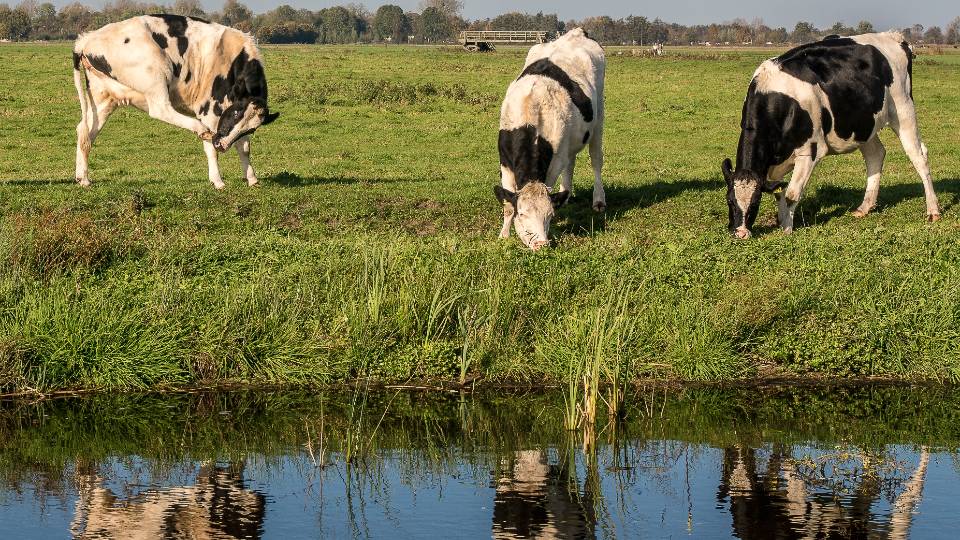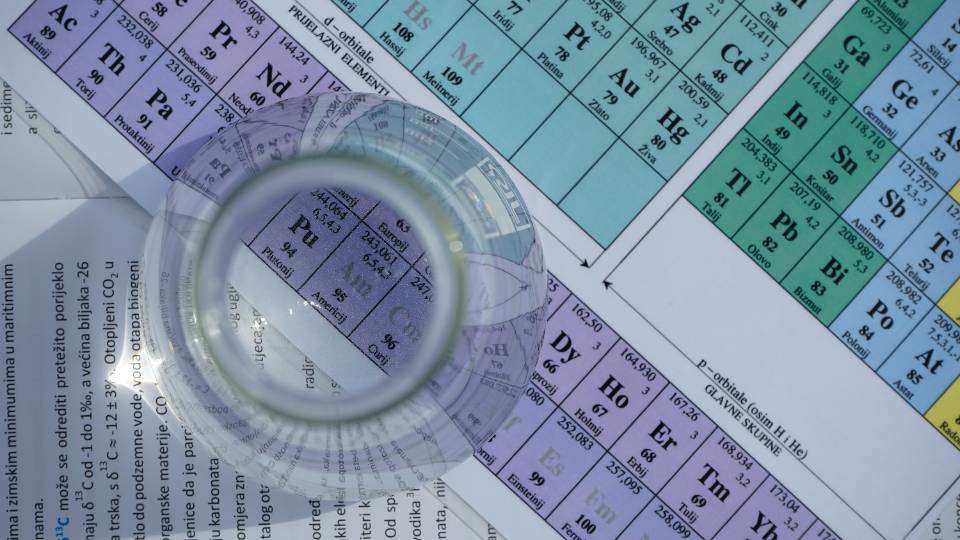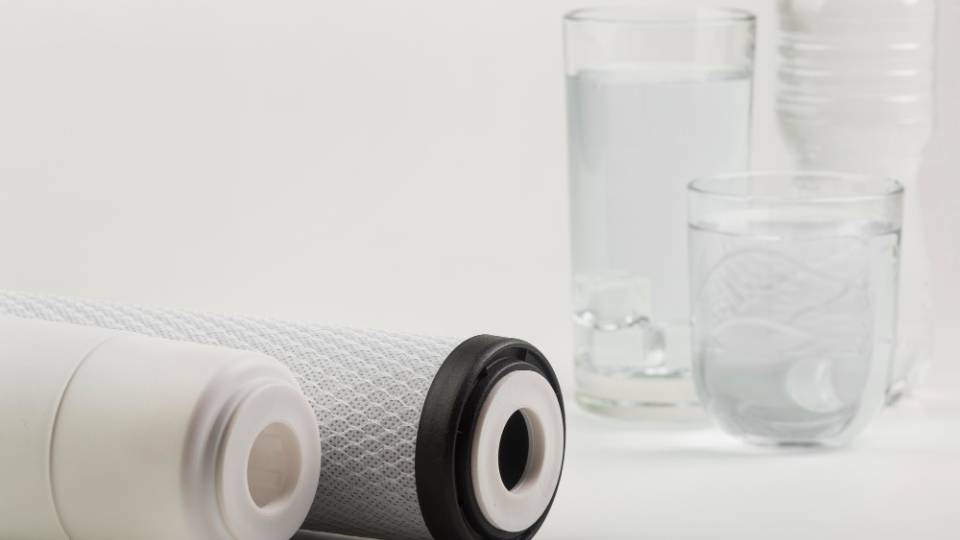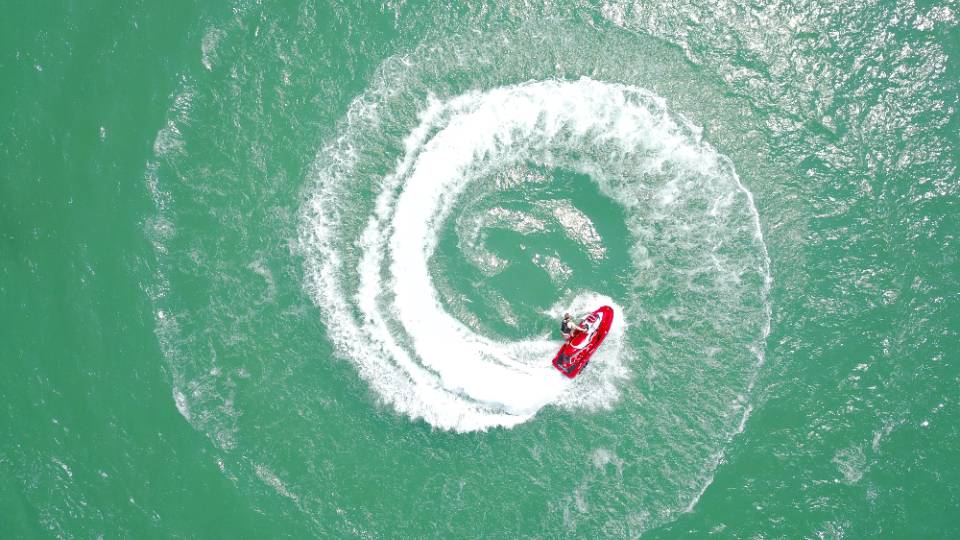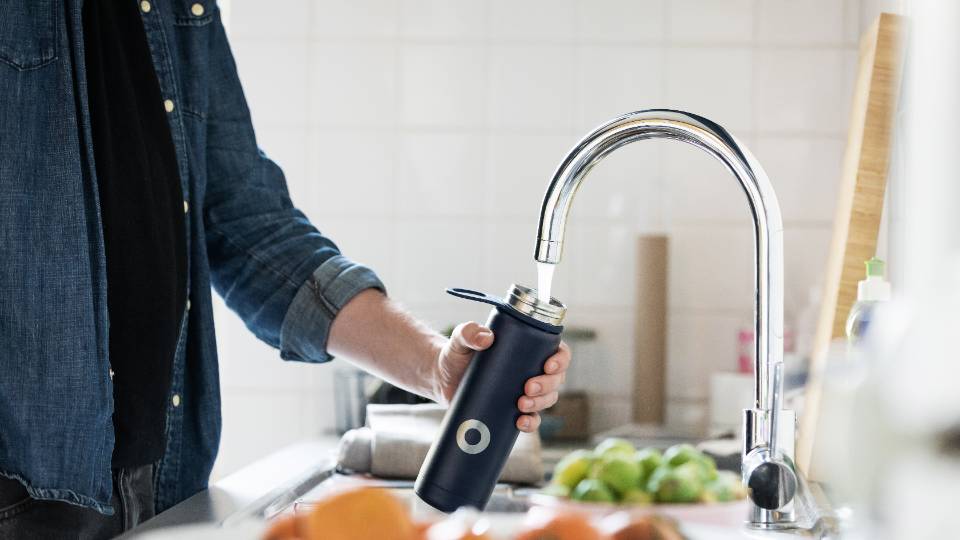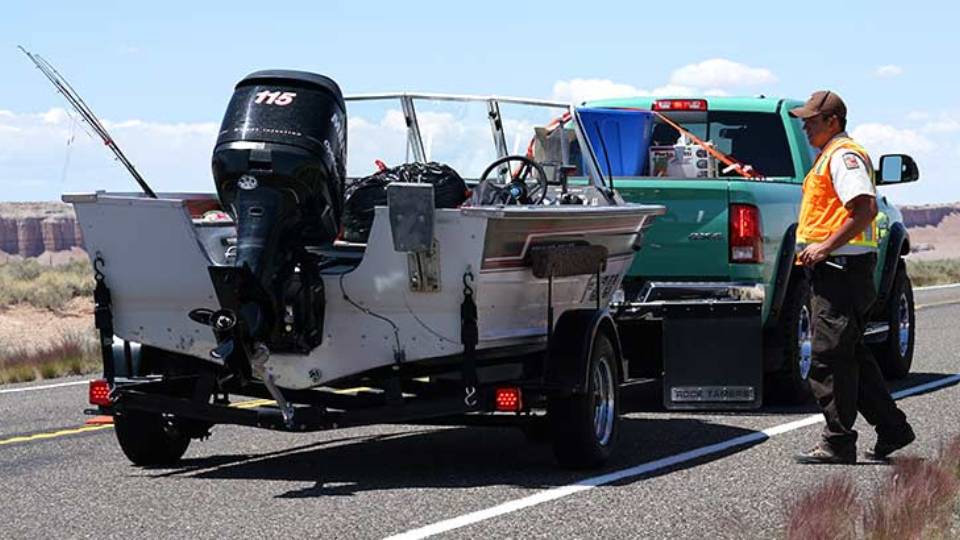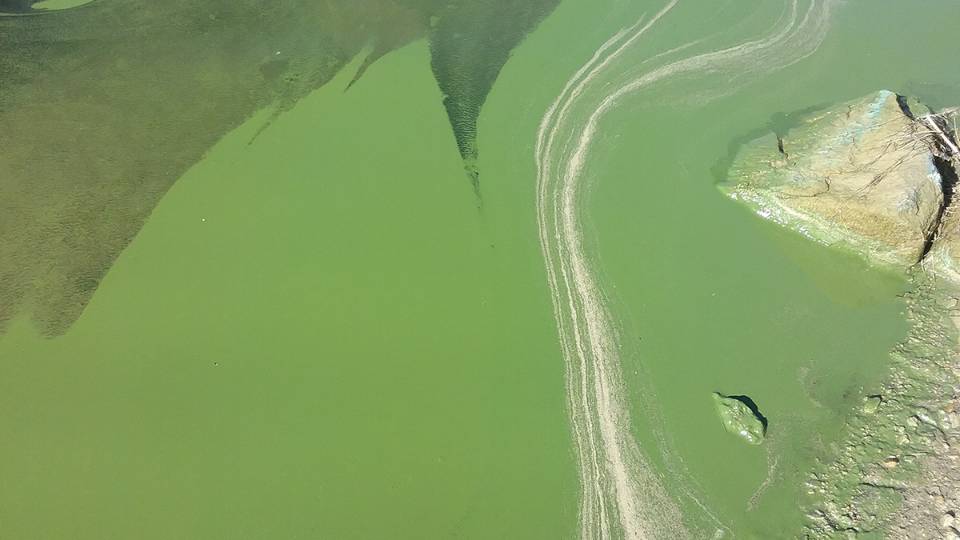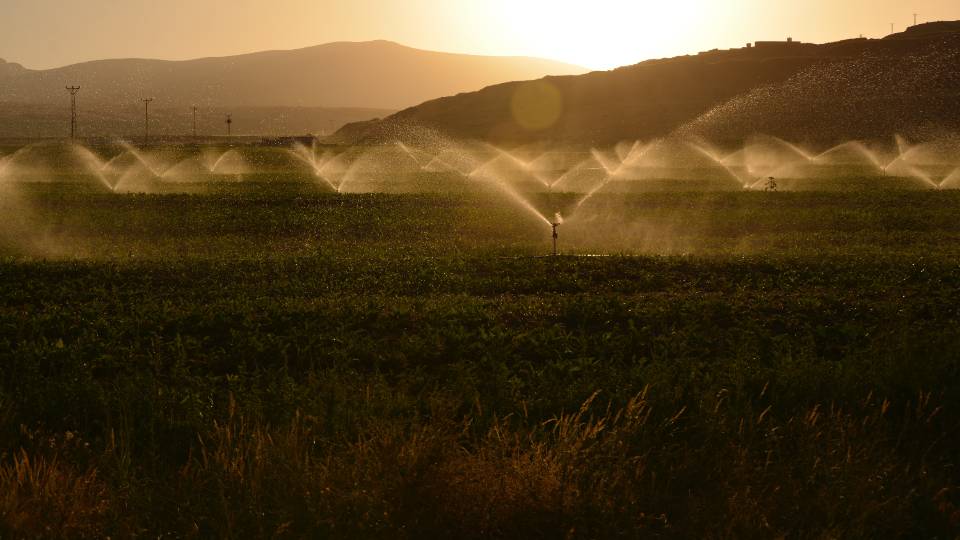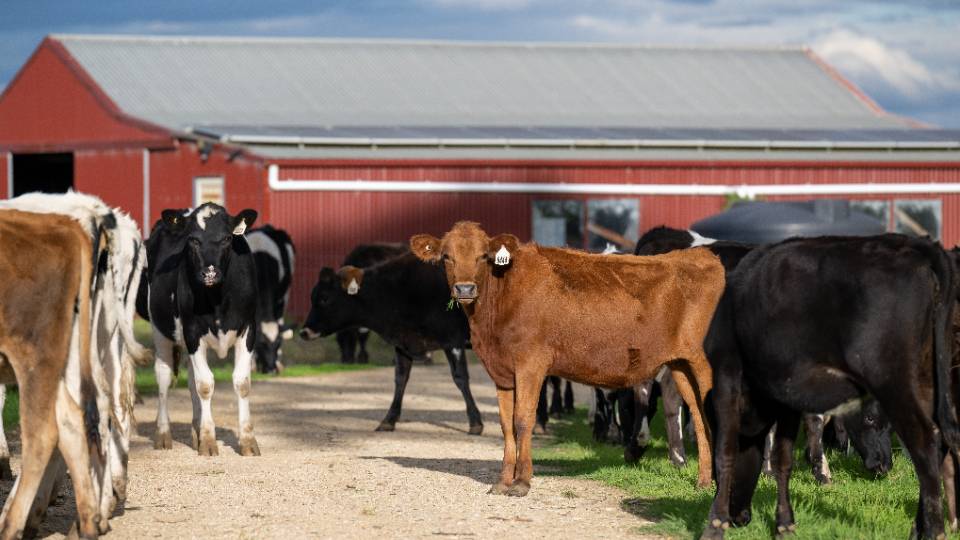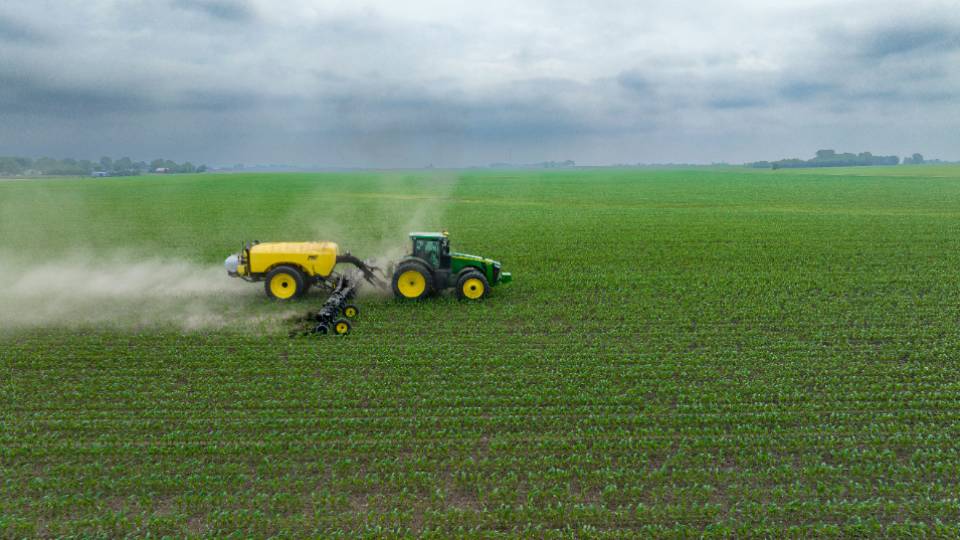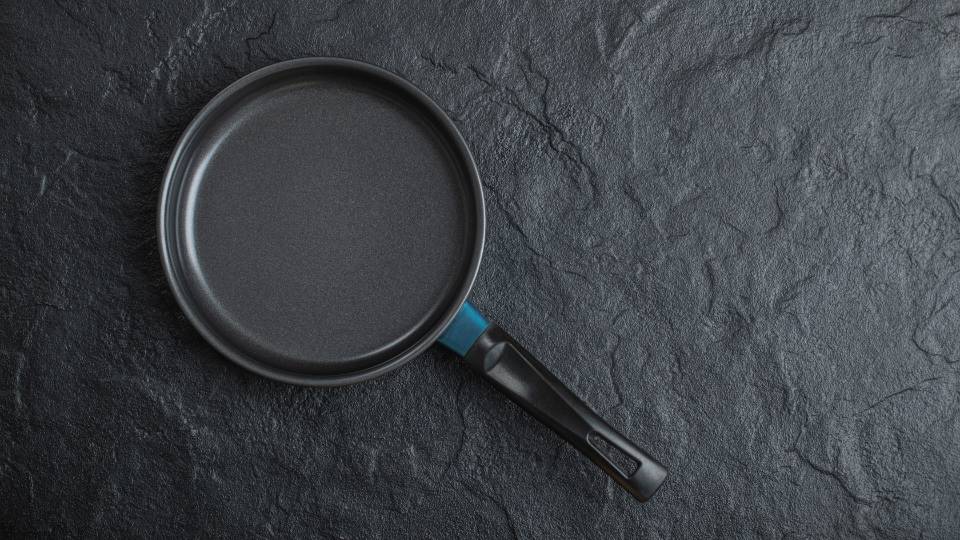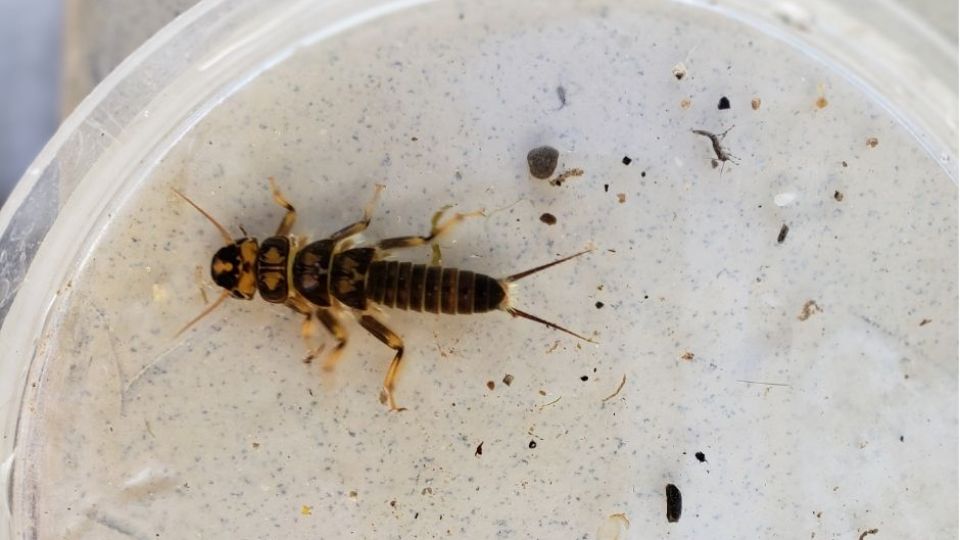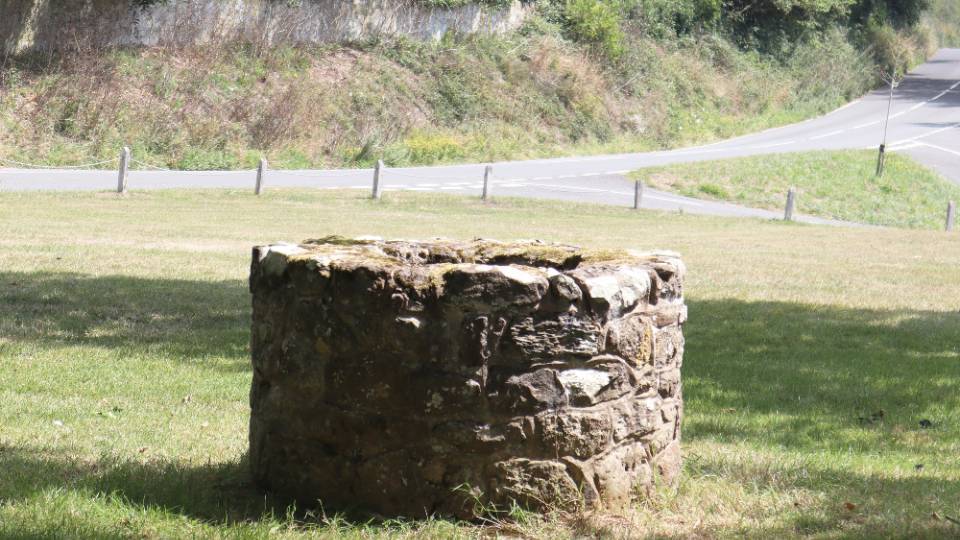10 Ways to Reduce Your Water Quality Footprint at Home
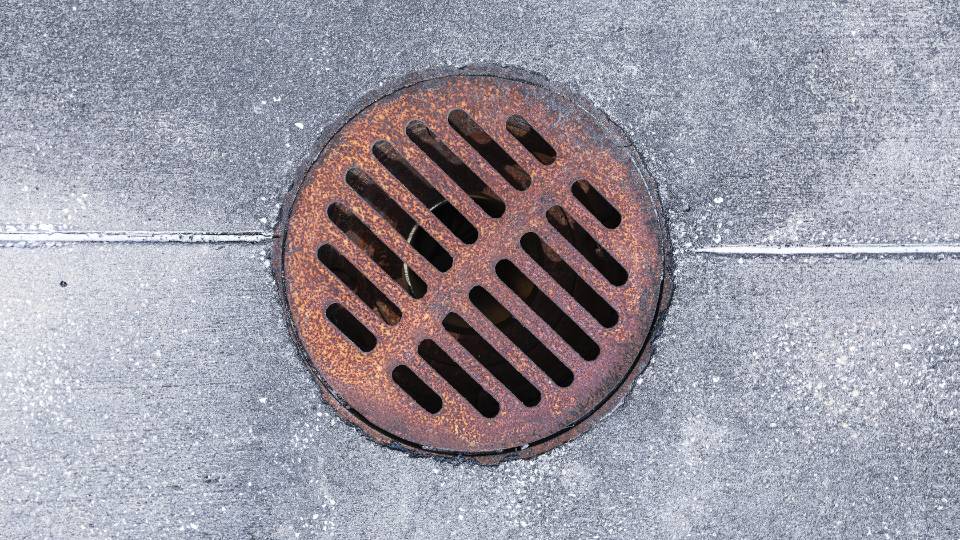
Non-point source pollution comes from various sources. It is caused by rainfall or snowmelt picking up and carrying pollutants to water bodies. This water is termed stormwater, and our daily activities can add pollutants to the runoff. While our individual homes may contribute only small amounts of pollutants, they add up to bigger problems downstream. Learn about 10 ways you can implement practices that promote clean water quality below.
1
Use Care When Disposing of Household Chemicals and Pharmaceuticals
- Buy only enough chemical for the immediate job, or share unused products with neighbors and friends
- Never dump leftover chemicals in your backyard, in the trash, down the sink or toilet, or in storm drains
- If left with extra chemicals or paint, locate an approved chemical disposal location. These are generally located at landfills or public works offices- such as the local health department. The Logan Landfill Household Hazardous Waste Facility allows you to drop off household chemicals for free [1].
- Properly dispose of unused prescription drugs by utilizing a drug take back program. Locations around or near Cache Valley include:
- Lee’s Marketplace Pharmacy in Smithfield
- Logan Clinic Pharmacy
- USU Police Department
- Logan City Police Department
- Budge Clinic Pharmacy
- Hyde Park City Office
- Hyrum City Office
- Cache County Sheriff’s Office
- Tremonton Police Department
- Brigham City Police Department
- Brigham City Community Pharmacy
- North Park Police Department
- Rich County Courthouse
2
Use Non-Hazardous Cleaning Alternatives
- White vinegar and baking soda have been used for generations of cleaning, and are less toxic than many products available today
- Check out the EPA’s “Safer Choice” and “Designed for the Environment” programs to identify cleaning products that have been found to promote environmental health
- Avoid cleaners that are “greenwashed”- companies imitating the EPA’s Safer Choice Designation with vague labeling
3
Wash Your Car at a Commercial Car Wash Instead of in Your Driveway
4
Properly Store and Dispose of Auto and Maintenance Products
5
Utilize Fertilizers and Pesticides Efficiently
- Use only the recommended amount of fertilizer- more is not better
- Choose slow-release forms of nitrogen fertilizer to prevent leaching. In most cases you do not need phosphorus in turf fertilizer.
- Use pesticides as a last resort; A steady stream of water can wash insects off plants; insecticidal soaps and oils are a low-toxic alternative that don’t harm most animals or birds
- Keep fertilizers and pesticides off of sidewalks
6
Use Alternative Landscaping
- Reducing the area of impervious surfaces in your yard by replacing concrete with pavers, gravel, or an open-graded concrete option
- Selecting native and xeriscape plants, which require less water, fertilizer, and pesticides
- Installing a rain garden or infiltration beds
- Using organic mulches, such as wood chips, in flower beds to reduce weeds and conserve water
7
Irrigate Efficiently
8
Harvest Rainwater
9
Clean Up Pet Waste
10
Recreate Responsibly
- Properly disposing of human waste by digging a cathole or packing it out depending on the environment and property requirements.
- Disposing of RV and camper waste at approved dump stations
- Using biodegradable soaps for personal hygiene and dishes when camping
References
[1] Safety fact sheet household hazardous waste (HHW): A guide to disposal. (n.d.). Utah Safety Council. Retrieved September 1, 2023, from https://www.utahsafetycouncil.org/uploads/PDFs/Household-Hazardous-Waste(1).pdf[2] Zaneti, R., Etchepare, R., & Rubio, J. (2011). Car wash wastewater reclamation. Full-scale application and upcoming features. Resources, Conservation and Recycling, 55(11), 953–959. https://doi.org/10.1016/j.resconrec.2011.05.002
Authors
Erin Rivers,Water Quality Extension Specialist; Abby Barton,Intern
Related Research



